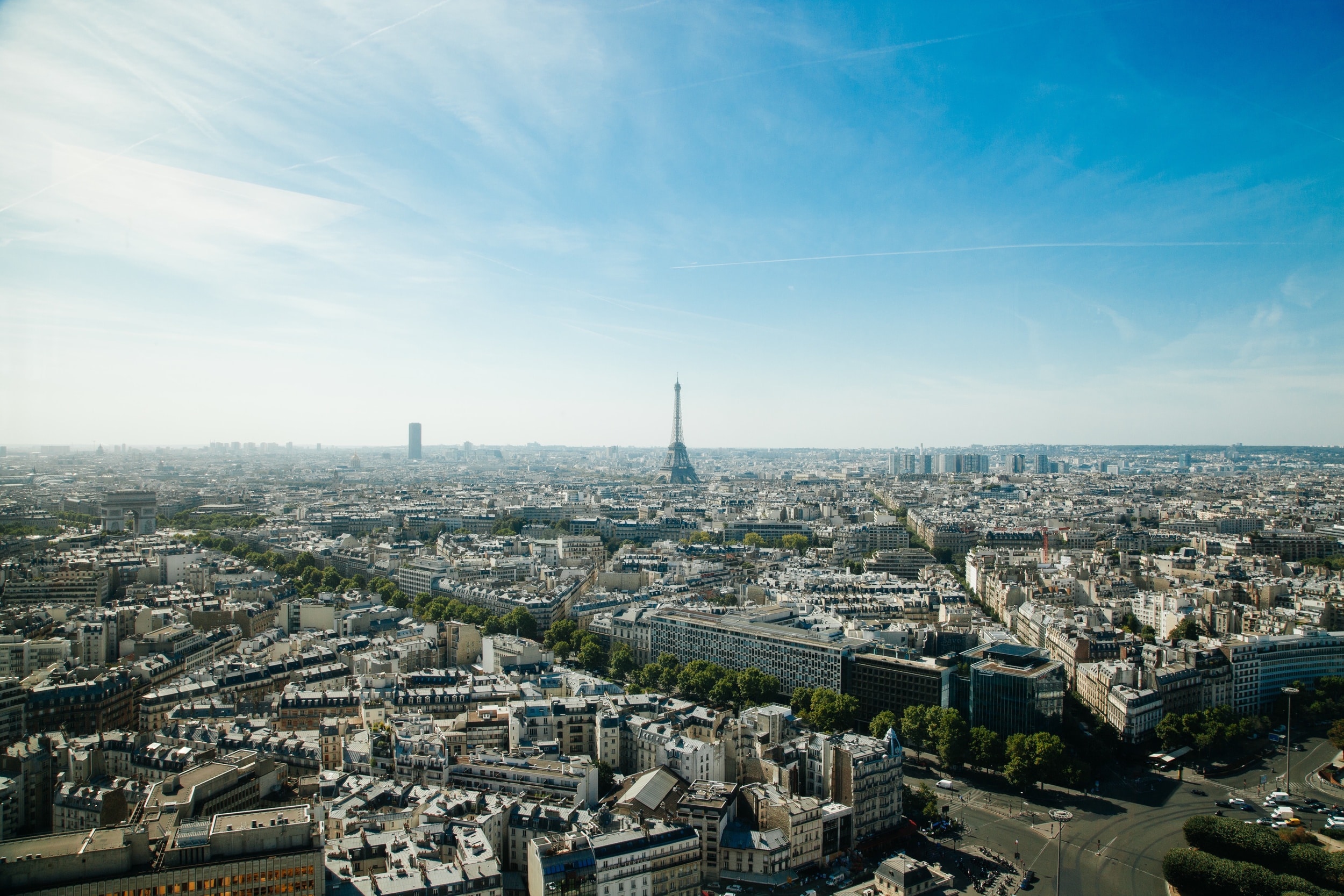
The Paris Attacks: Everything You Need to Know
Photo courtesy of unsplash.com.
Caleb Ecarma, Staff Writer
On the night of Nov. 13, 2015, 130 people were killed in Paris due to a sequence of organized terrorist attacks allegedly carried out by the Islamic State. The terrorists used a combination of gunfire and suicide bombing in the mass slaughter. Around 350 of the victims were hospitalized, while close to 100 were pronounced to be in critical condition. The city is in a state of grief and fear, as this attack was the worst since World War II.
State de France (Soccer Stadium)
- 9:20 p.m. The first blast, which can be heard on this video, occurred outside Stade de France, while a soccer match was being held. Four people were killed in this initial suicide bombing.
- 9:21 p.m. A second explosion took place minutes later inside the stadium.
- 9:53 p.m. A third blast occurred near Stade de France, however, no one was killed except the suicide bomber.
The Restaurants and Bar
- 9:25 p.m. An assault took place at restaurants Le Carillon and Le Petit Cambodge. Fifteen people were killed and 10 were injured by extremists carrying Kalashnikov assault rifles.
- 9:32 p.m. After the first restaurant shootings, five people were killed and eight wounded outside the bar A La Bonne Biere.
- 9:36 p.m. Gunmen driving in a black vehicle opened fire at the restaurant La Belle Equipe. The extremists killed 19 people and injured nine others.
- 9:40 p.m. A jihadi bomber detonated himself inside the Comptoir Voltaire, a restaurant in the 11th district of Paris. A few people were injured, but no one was killed.
Bataclan (Concert Venue)
- 9:40 p.m. The most deadly assault of the night occurred at the same time as the bombing of the Comptoir Voltaire. Three extremists carrying assault rifles entered a concert venue called the Bataclan, where the American Band Eagles of Death Metal performed that night.
- The radical Islamists reportedly yelled “Allah Akbar” as they fired their rifles into the crowd, killing 90 of the individuals inside the concert hall. A small number of the patrons found a room upstairs to hide in while they waited for help.
- 12:20 a.m. Almost three hours after the initial assault on the Bataclan, French police units rushed the concert hall and killed one of the terrorists inside the building while the other two triggered their explosive belts, killing themselves.
The Aftermath and Other Attacks
The morning following the attacks, The Islamic State claimed sole responsibility for all the attacks in Paris.
The suspected ringleader of the Paris attacks, Abdelhamid Abaaoud, was found and killed Wednesday, Nov. 18. Abaaoud was believed to be the primary link between ISIS and the Paris attackers. However, the investigation on all the extremists involved continues.
Paris was not the only location to be hit by ISIS on Nov. 13. The Islamic State used suicide bombers and roadside bombs to kill 26 people in Baghdad and 43 people in Beirut.
The Response
In a joint effort, U.S. and French jets bombed Islamic States structures in Syria two days after the Paris attacks. The city of Raqqa, which ISIS proclaims to be its capital, was the primary target of the French bombing raids. The United States provided France with target locations in Syria, as the French military has a little experience in Syria as it typically bombs ISIS-controlled areas in Iraq. However, after the carnage in Paris, French President Francois Hollande has stated that he will be “unforgiving with the barbarians” and increase airstrikes on all IS areas.
In a press conference today, U.S. President Barrack Obama stated that the Paris massacre was an “attack against the world itself.” Obama also pledged solidarity with France against ISIS. However, no change of foreign policy against The Islamic State was specifically presented by the White House.
Mark A. Roeder, Assistant Professor of Political Science at North Greenville University, stated, “In my opinion, there is no urgency in this administration to root out the ISIS extremists, which just gives them comfort. At what point do they start hitting us?”
Roeder continued, “Jihad is not the same as one individual struggling with mental health who snaps, gets access to a gun and shoots up a public area. The two may be equally criminal, but there is a deeper intent with the extremists. Those people (Radical Islamists) are not mentally ill, there’s a different mindset.”
“There needs to be a change in the hearts and minds of the people in the United States before the government will take action (against ISIS),” added Roeder.

